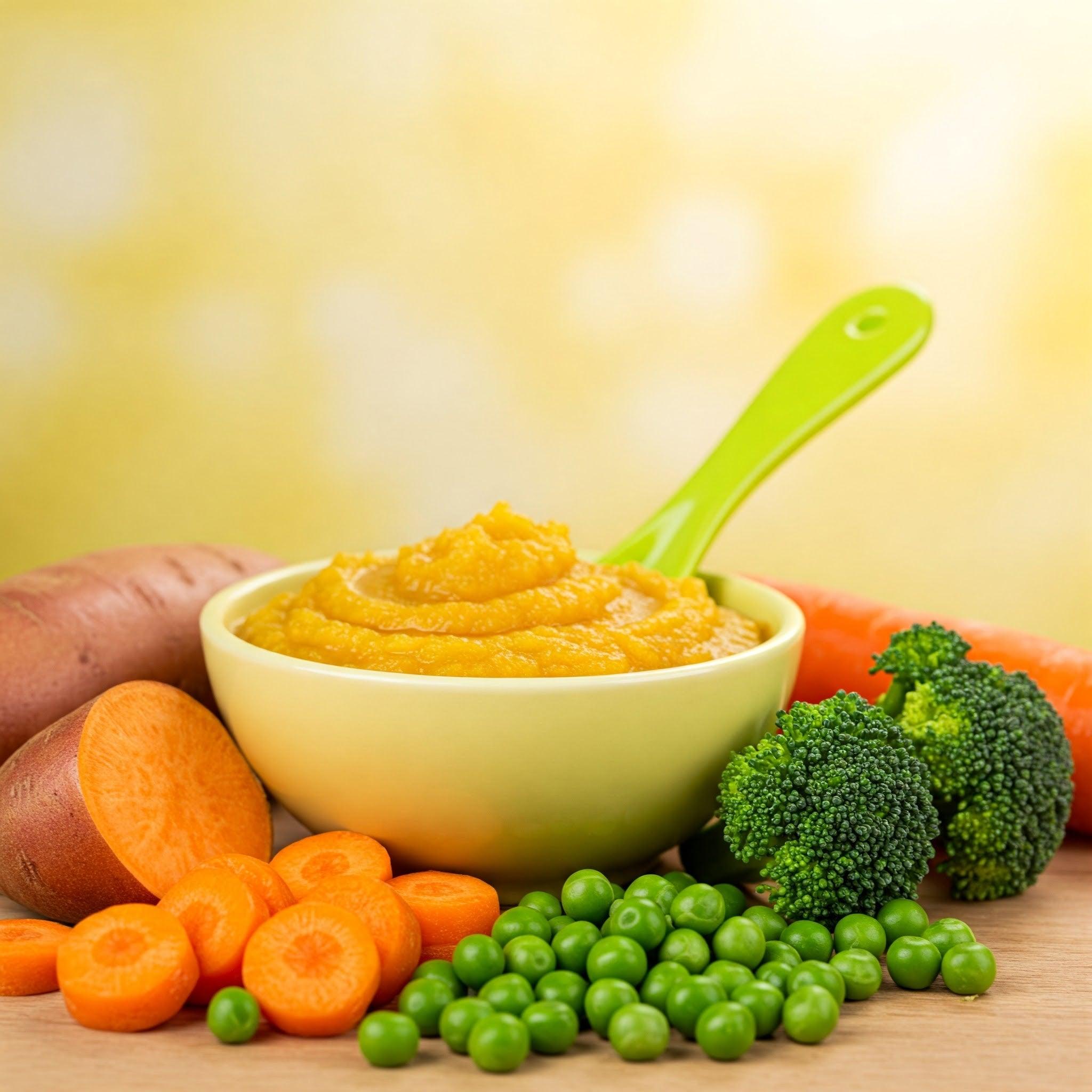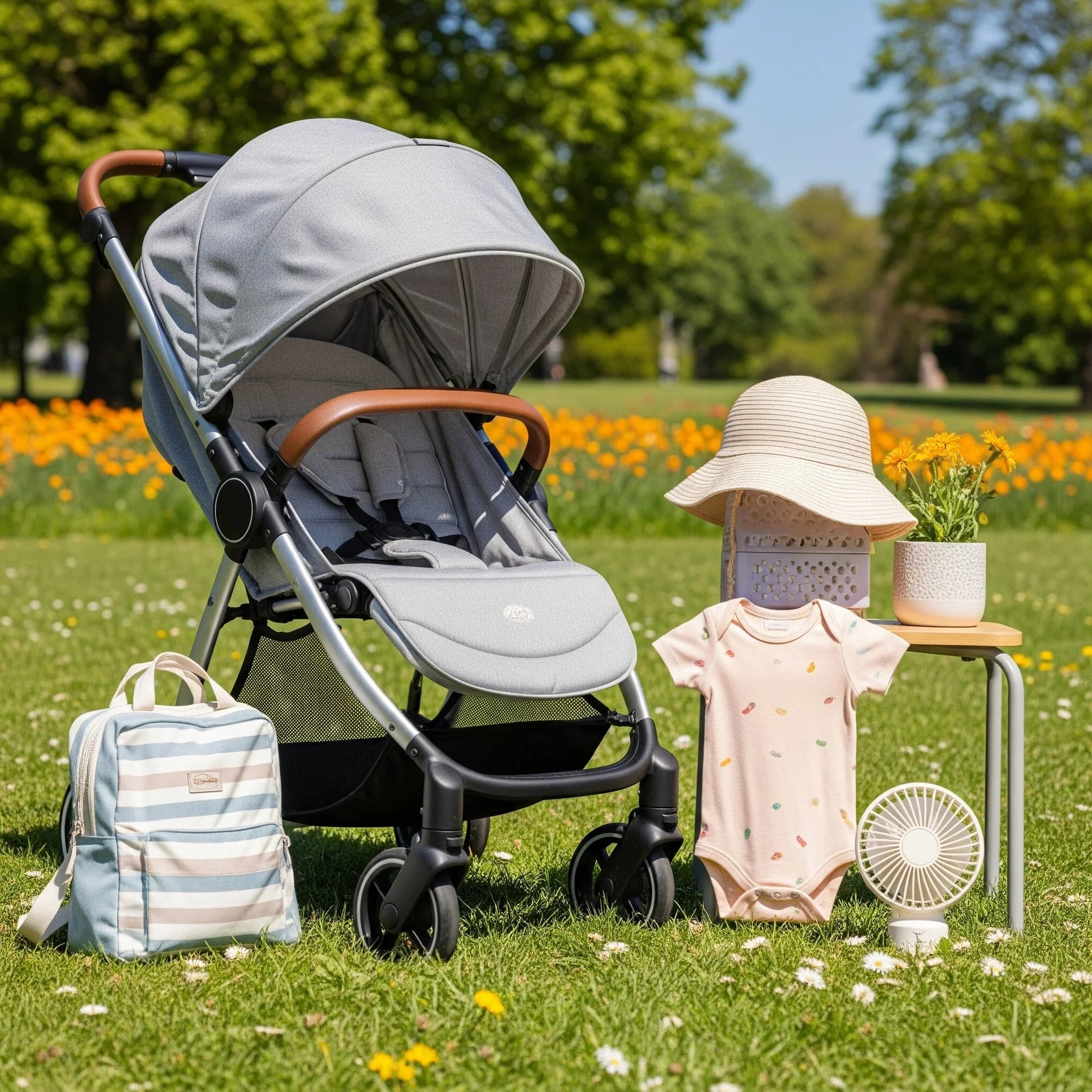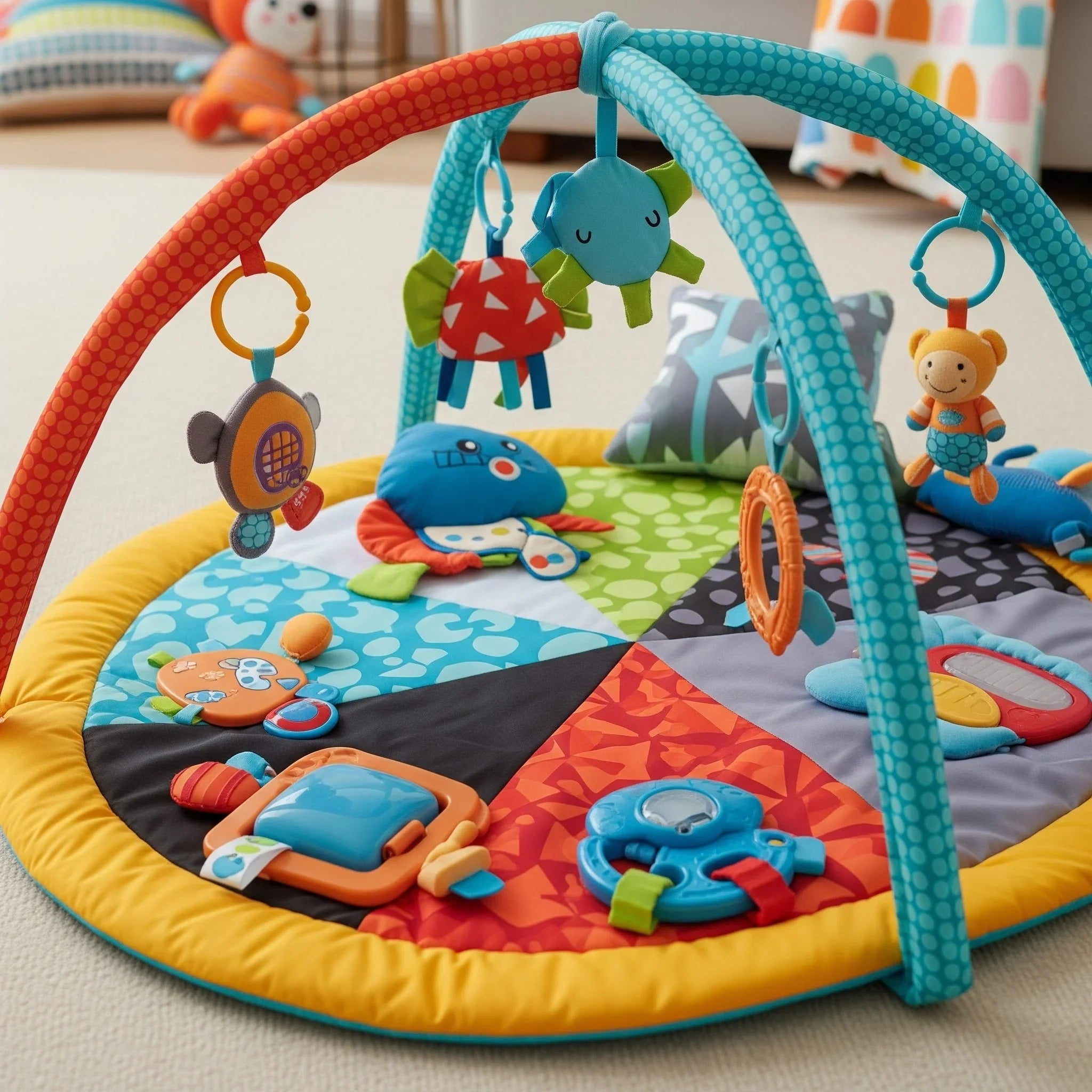Introducing solid foods to your baby is an exciting milestone! It marks the transition from milk to a world of new tastes and textures – and signs your little one is getting stronger! But as thrilling as it is, it can also be a bit of a challenge to transition your baby in the healthiest way. Don’t worry, though — you’ve got this! This guide from Baby Gifts Australia is here to help new mums and dads navigate the journey of introducing solids with confidence, patience, and a little bit of fun.
When to Start Solid Foods
Most babies are ready for solid foods around 6 months of age, though every baby is different. Look for signs that your little one might be ready. These include being able to hold their head up well, sitting up with support, showing interest in food (like watching you eat), and not pushing food out of their mouth with their tongue (the tongue-thrust reflex).
If you’re unsure, it’s always a good idea to check with your paediatrician before starting solids.
The First Foods
When it comes to the first foods, less is more. You don’t need to rush to offer a wide variety. The key is to start with simple, single-ingredient foods that are easy on your baby’s tummy. Here are some of the most common first foods –
Single-grain baby cereal – Start with rice or oatmeal cereal mixed with breast milk or formula. This makes the cereal smooth and easy to swallow.
Pureed vegetables – Carrots, sweet potatoes, peas, or squash are all great choices. You can steam and blend them into a smooth, runny puree.
Pureed fruits – Apples, pears, and bananas are excellent starter fruits. Make sure to cook fruits like apples and pears before pureeing them to soften them up.
Pureed meats – Chicken, turkey, and beef are protein-packed options. Cook the meat and puree it with a little breast milk, formula, or water to get a smooth consistency.
How to Introduce Solids
The first few weeks are all about getting your baby used to the idea of eating from a spoon. Start with just one meal a day, and keep it simple.
Start small – Begin with just 1-2 teaspoons of food. You don’t want to overwhelm them or fill them up too quickly, especially since milk will still be their main source of nutrition.
Be patient – Babies may not always take to solids right away. It’s normal for them to push food out with their tongue or make funny faces. Keep trying and don’t stress if they don’t seem interested at first.
Follow your baby’s cues – If your baby turns their head away, closes their mouth, or pushes the food out, take it as a sign they’re not quite ready. Try again in a few days.
The Spoon-Feeding Routine
While some babies take to spoon-feeding right away, others might need some time to get the hang of it. Here’s a simple step-by-step approach –
Sit your baby upright – Always feed your baby in an upright position, either in a high chair or on your lap, to prevent choking.
Offer the spoon – Gently offer the spoon, but don’t force it into their mouth. Let them explore and get used to the sensation.
Wait for a response – If your baby takes the spoon or opens their mouth, you’re good to go. If not, it’s okay to try again later.
Gradually Increasing Texture
Once your baby gets comfortable with purees, you can begin to introduce slightly thicker textures. Start mixing in mashed foods or finely chopped versions of the things they've been eating. For example, mashed potatoes, mashed avocado, or soft scrambled eggs.
Around 8-9 months, babies may be ready for soft, finger foods like small pieces of fruit (e.g., banana slices) or well-cooked vegetables (e.g., soft carrot sticks). This is when babies start developing their pincer grasp, picking up small pieces of food with their thumb and forefinger.
The Importance of Variety
As your baby becomes more comfortable with solids, start introducing a variety of flavours and foods. The idea is to expose your baby to different textures, colours, and tastes early on. This will help them develop healthy eating habits and a love for food.
Include a variety of –
Vegetables (sweet potatoes, peas, carrots, courgettes)
Fruits (pears, apples, peaches, mango)
Proteins (chicken, turkey, lentils, beans)
Grains (rice, oats, quinoa, barley)
Be sure to offer one new food at a time and wait about 3-5 days before introducing another. This helps you monitor for any potential food allergies.
Be Mindful of Allergens
For many years, parents were advised to avoid common allergens (like peanuts, eggs, dairy, and fish) until after the first year. However, more recent research suggests that introducing allergenic foods early can actually help reduce the risk of developing food allergies.
Talk to your paediatrician about when and how to introduce potentially allergenic foods. Peanut butter (smooth and thinned with water or milk) and eggs can be safely introduced once your baby is comfortable with solids.
Hydration
While solids are a fun new adventure for your baby, milk (breast milk or formula) should still be their primary source of nutrition during the first year. That said, you can start offering small sips of water once solids are introduced. Use a sippy cup or a small cup to let them practise drinking. Don’t expect them to drink much at first — it’s just about getting them used to it.
Avoid These Foods Early On
Some foods should be avoided in the early stages for safety reasons –
Honey – Honey can cause botulism in babies under one year old.
Whole nuts and popcorn – They can be a choking hazard.
Unpasteurised dairy – Always opt for pasteurised products to reduce the risk of foodborne illness.
Trust Your Instincts
As with all things baby-related, trust your instincts! If something feels off, don’t hesitate to reach out to your paediatrician. They’re there to help you navigate your baby’s dietary journey and can offer personalised advice.
Above all, remember that introducing solids is a fun, gradual process. It’s a chance for your baby to explore new flavours, develop their fine motor skills, and enjoy new experiences. So, take your time, don’t stress, and celebrate every messy moment!









